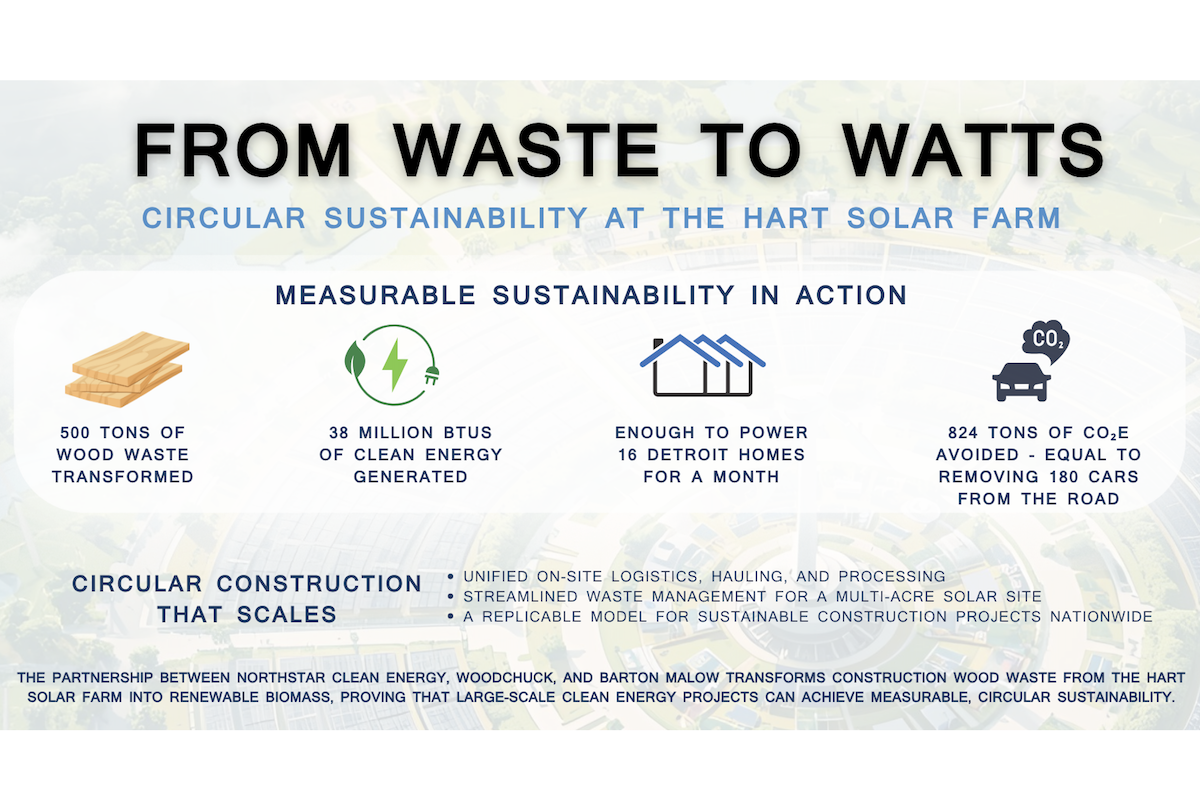That number is the Experience Modification Rate (better known as EMR). It’s a multiplier that allows insurance companies to factor a contractor’s workers comp history into what they’ll charge for premiums. A high EMR can drive a contractor’s workers comp rate through the ceiling, while a low rate may help them outbid the competition and stay profitable.
Many owners and CMs study EMR as part of the process of selecting contractors. When they see a contractor with a high EMR, they make take it as a sign that the company’s work is sloppy or their approach to safety is lax. To owners and CMs, a low EMR is a sign of a well-managed company with high-quality employees. That’s why it’s important for contractors understand this multiplier is computed.
You know that insurance companies view drivers who have been in more accidents or received speeding tickets as more likely experience additional accidents than average drivers, so they charge them more for insurance coverage they they’ll charge a similar driver who has no tickets or accidents in his record.
EMR works in much the same way. If a contractor’s EMR exceeds 1.0, it means they have had more recordable injury claims than would normally be expected. To an insurer or an owner, it suggests the contractor isn’t doing enough to maintain safe jobsites and will continue to rack up injury claims in the future at a higher rate than normal.

| Your local Deere & Co dealer |
|---|
| AIS Construction Equipment |
Think that’s an unfair way to judge? It doesn’t matter whether it’s fair or unfair – it’s the reality of how insurance companies operate and project owners and CMs think.
An insurer next looks at the last three years (ending one year before the expiration of the current policy) of claims recorded by the contractor and compares that to those of comparable companies. As with vehicle insurance, they assume that a higher number of claims in the past suggest that the contractor is more likely to have claims in the future.
They also consider how often those claims occurred (frequency) and how major each of the claims was (severity). If a contractor recorded just one major injury over that three-year period, they’ll be impacted less seriously than a competitor that recorded 10 smaller claims. Insurance companies assume that a pattern of claims suggests an underlying problem.
This process results in a simple number, and that’s the contractor’s EMR. Again, an EMR of 1.0 reflects a claims rate that’s average in the industry, an EMR above 1.0 reflects more claims than average, and a lower EMR indicates a claims history that’s better than average.
The insurance company multiplies the manual premium against the EMR to determine the actual premium. That’s it. If a contractor’s EMR is 1.2 and their competitor’s is 1.0, the first contractor will pay 20 percent more for workers comp coverage. But if their EMR is 0.8, they’ll pay 20 percent less than they do. (Special discounts or credits offered by the insurance company are discounted after this computation.)

| Your local Trimble Construction Division dealer |
|---|
| SITECH Michigan |
You can see how a lower EMR translates to higher profitability, because contractors with a high EMR have to build that additional premium cost into their bids. Lower insurance rates provide a significant competitive advantage. In addition, numerous studies have determined that companies with lower claims rates tend to be more profitable than average because of higher worker productivity and lower turnover.
There’s good news, too. A contractor can lower EMR by preventing accidents, and the best way to do that is through an effective safety program. When workers follow safe work practices, the likelihood that they’ll be injured on the job drops significantly.
Of course, even with the best safety program, accidents do happen. However, the way contractors respond to those accidents can also have an effect on EMR. The key is developing a plan to manage injuries and the claims they create.
Start by taking an objective look at your claims history. Because multiple small claims can have a big effect on your EMR, look for patterns. For example, you may notice several injuries that could have been prevented if workers had been wearing the correct personal protective equipment. A program to encourage PPE compliance could lead to a significant reduction in reportable incidents, which will ultimately reduce your EMR.
How contractors deal with injuries also has an impact. Many contractors automatically rush injured employees to the nearest emergency room, but that can result in an expensive claim. Negotiating an agreement with a local occupational care center or walk-in clinic may give you a smaller per-visit fee in return for sending all but seriously injured employees there. On larger jobsites, contractors may find it more economical to staff an onsite clinic.

| Your local Deere & Co dealer |
|---|
| AIS Construction Equipment |
Making sure injured employees return to work as quickly as possible can also help. If a doctor says a worker cannot perform a certain task (such as no lifting for 10 days), don’t automatically send them home. Instead, find a lighter duty that the worker can perform until he or she is fully recovered. EMR will improve when workers spend less time recovering at home.
Finally, contractors may save by accepting a deductible on their workers comp policies. Paying smaller claims out-of-pocket keep them from appearing in your claims history, so the insurer won’t know about them. It’s like paying for a small auto body repair instead of turning the claim into your insurer. However, if you take this approach, be sure that you tell the insurer how you handled it, in case complications arise. And even if you don’t report the incident to your insurer, you may still need to report it to state work-safety officials.































































